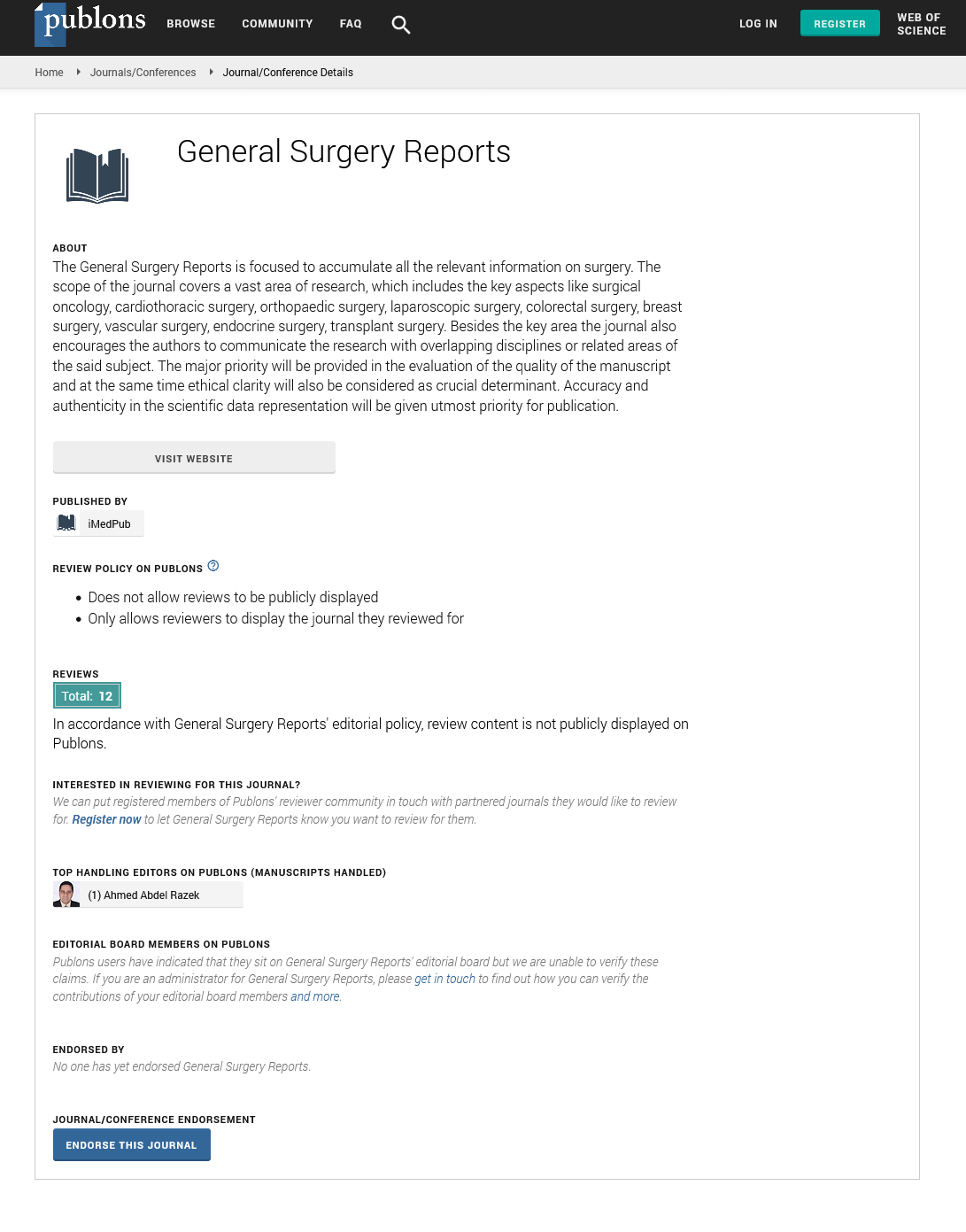Abstract
Awake fiberoptic intubation: The role of Dexmedetomidine
Numerous guidelines have been developed to assist clinicians in case of difficult airway management. The estimated incidence of patients with difficult airway during clinical anesthesia is 1%–18%1 and up to 30% of all deaths and morbidities attributable to anesthesia are related to difficult airway management2. To avoid unfaithful events, awake fibreoptic intubation (AFOI) is nowadays the gold standard in predicted difficult airway management but, if conducted without sedation, it is common that this procedure may lead to high patient discomforts, such as coughing and laryngospasm in reaction to intubation, and serious hemodynamic responses due to catecholamines release. The ideal drug to obtain sedation for AFOI should, therefore, be short-acting and easily titratable to obtain an adequate sedation level, with minimal effects on spontaneous ventilation. DEX is an alphaâ??-adrenergic agonist, comparable for its structure to clonidine but with a greater affinity, 8 to 10 times more selective, for alphaâ??-receptors over alphaâ?Â-receptors28. For its sedative, anxiolytic, analgesic and sympatholytic properties, DEX may be considered as a useful drug during awake intubation, reducing participants’ discomfort, without depressing respiratory function and having a negligible impact on the cardiovascular system. So that, the necessity to discuss and describe evidence supporting sedation by DEX to make the process more tolerable to patients, striking a balance between patient comfort, safety, co-operation and good intubating conditions in spontaneous breathing.
Author(s): Aniello Alfieri, Sveva Di Franco, Marco Fiore, Maria Beatrice Passavanti
Abstract | PDF
Share This Article
Google Scholar citation report
Citations : 6
General Surgery Reports received 6 citations as per Google Scholar report
General Surgery Reports peer review process verified at publons
Abstracted/Indexed in
- Google Scholar
- Publons
Open Access Journals
- Aquaculture & Veterinary Science
- Chemistry & Chemical Sciences
- Clinical Sciences
- Engineering
- General Science
- Genetics & Molecular Biology
- Health Care & Nursing
- Immunology & Microbiology
- Materials Science
- Mathematics & Physics
- Medical Sciences
- Neurology & Psychiatry
- Oncology & Cancer Science
- Pharmaceutical Sciences
